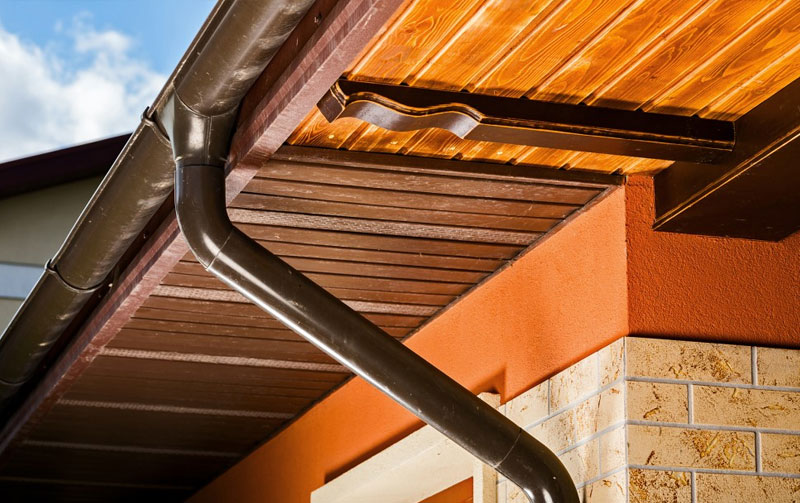Quality control Standards
Quality control over grading is important to ensure that products are able to deliver the performance that designers expect, and conform to the grade specifications of each of the timbers used in structural applications. This applies equally well to appearance grading and structural grading. In-grade testing of structural products can be used to verify structural properties.
Timber producers will have their own quality control systems and manuals, and in some cases seek endorsement for their quality system under ISO 9002 or AS 3902. This is not a requirement for every producer, but many of the larger producers see the value in having checks and balances on their quality systems to ensure that their grading is as effective as possible.
In some cases, third party auditing of the quality control systems can be used to issue a product certification. This gives potential purchasers confidence that the quality control and assurance programs are in-place and functioning well.


The main process affected
The main process affected by quality control techniques is the grading operation. In-grade testing is the ultimate test of the effectiveness of any grading operation. There are two types of quality control that can be applied:
- Process control – checks that the process is being conducted in the way that will produce material of consistent quality. Typical of process control is the testing and training of graders used in the visual grading process. For machine stress-grading, the calibration checks, consistency checks and verification using calibration sticks are all methods of implementing process control.
- Product checking – looks at the output from the process and establishes whether or not the properties of the product are consistent and within the specification for the product. It picks up things that may not be detected in process control, such as variations in raw materials. This primarily uses the process of in-grade testing.

Product checking - part of any manufacturing process
Product checking is used for all timber products including plywood, glulam and manufactured items such as I-Beams. There are three areas in which checking may be incorporated in product checking for quality control:
- Every piece can be checked by a different grading method. For example, after machine stress-grading, timber can be checked using visual grading criteria. This will pick up problems in the grading process. Note: it does not generally work to use the same grading technique for the check as was used in the production grading.
- Shift checking is the process of testing one physical property a number of times during each shift. Invariably for structural timber, this is the Modulus of Elasticity (MoE) or stiffness. In this way, the timber is not broken, so can still be marketed, but the stiffness can be used to check that the grading is able to produce the product expected. The results are aggregated to give a picture of long-term drift in properties as production is continuing.
- Periodically (typically once per year) a sample may be collected and subjected to more strenuous testing. Usually two properties would be determined for each piece, ie MoE and bending strength. This gives a better check on the properties of the entire population produced by that mill.
The results of the product checking can be used to track any slow drift in properties of the mill product. If this is observed, then steps can be taken to correct the processes that have caused the drift.
Machine stress-grading QC
The machine stress-grading process requires that quality checks be built into the operation of the machine so that its grading is uniform over time, and that the correlation between grading parameter and the properties of the product remains valid. These checks are on the performance of the machine, which can be found by running calibration sticks of known properties through the machine, and on the performance of the output, by periodically performing destructive tests on samples of the graded timber.
Quality control gives some indication of the success of the grading, and it is incorporated in the design of timber elements through the use of different capacity factors for different levels of control.
Special jobs
Normal quality control measures are appropriate for most normal structures. However, there are some structures that may require much more stringent quality control. This can be set in the product specification.
For example, in the exhibition hall for the Sydney Showgrounds at Homebush Bay each finger joint in the laminated beams used as the structural skeleton for the dome was proof tested prior to lamination of the beams. This provision was included in the specification for the timber and contributed to the cost of the structure. However, it gave the client and the designers an assurance that the product would perform as expected.
Similarly in appearance products, special jobs may require special checking. For example, panels used as lining in the Australian Parliament house had specifications that included very tight tolerances on moisture content, and very tight colour requirements. Colour matching cards were used at all stages of production to ensure that only products with acceptable appearance would be seasoned and machined.
These unusually demanding jobs ended up paying a premium for the timber and the quality control that was used, but the product was exactly what was required.
In-grade testing
There has been a need to establish the true strength distribution of graded timber for some of the more commonly used structural species. This work is known as in-grade testing and involves the sampling of:
- Commercially available timber stocks
- Full sized lengths of commercially available material
- Review of data to ensure a minimum expected performance across the specified grade.
The procedures for performing in-grade tests and appropriately presenting the data have been detailed in AS/NZS 4063 Timber – Stress-graded – In-grade strength and stiffness evaluation. In-grade testing is a versatile concept that has acceptance around the world. Different test protocols are used in different parts of the world, and analysis methods differ slightly too. However, the basic principle remains the same:
- Take a large sample of full sized commercial timber, and test it fairly
- Use strength values representing the low end of the strength distribution as the basis for design.
In-grade testing to determine design strength
The following outlines the process of in-grade testing used to determine the design strengths of timber:
- Large numbers of pieces of commercial sized structural timber of a single species and grade are tested
- The fifth percentile of the strength distribution is modified to account for the sampling process
- This figure is the characteristic strength of the timber, which is used as a basis for setting the design value.
Some structural timber products have most or all of their major characteristic properties (eg bending strength, stiffness, compression and tension) based on in-grade testing, whilst some secondary properties, such as compression perpendicular to grain, are based on strength grouping.
A similar process can be used to monitor properties of continuing production of timber products. The process can be used to monitor strength or stiffness. It is illustrated here for strength:
- Sampling over a long period of time gives material that represents the long-term production of that product
- The fifth percentile of the test results is calculated
- This value is compared with an acceptance criterion given in AS/NZS 4490.










